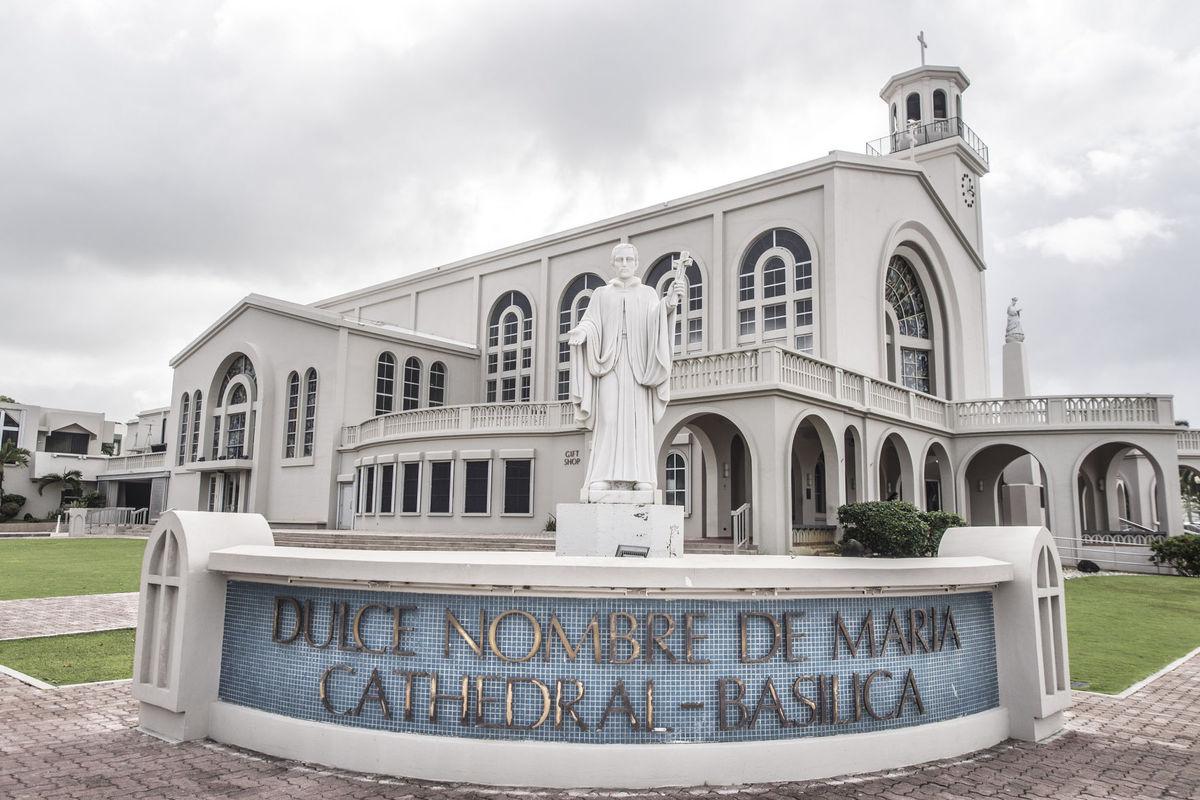|
On the Vatican's radar
By Neil Pang And Gaynor D. Daleno
When six of the more than a dozen sexual abuse cases for former local altar boys were moved to the federal District Court of Guam earlier last week, one reason for the transfer of jurisdiction was the lack of local judges who didn’t have a conflict or potential conflict. But there’s another major significance to the transfer of the six cases to the federal court. The federal court must take jurisdiction, says David Lujan’s law firm, which is representing the accusers, because this isn’t a Guam issue alone. The cases filed in federal court directly addresses the seat of the Catholic Church’s global leadership: The Vatican, in Rome. “This probably already has the Vatican scared. Guam is one big, ugly monster on the Vatican's radar, and it just got real ugly,” said Tim Rohr, who has been a constant commenter on the turmoil in the local Catholic church leadership over the past few years, and runs a blog with local and international followers. Sexual abuse allegations against former Guam priests, including some that led to the downfall of then-Archbishop Anthony Apuron last year, have shaken up the leadership of the local church that once was under the grip of Apuron for decades. The turmoil has also raised questions about the financial fate of the Archdiocese of Agana, following the multimillion-dollar lawsuits filed by some of the accusers of sex abuse by former Guam priests. For the six Guam cases that were moved to federal court, and which names the Vatican as a defendant, the damages being sought added up to at least $30 million combined. Financial ruin? Thirteen U.S. Catholic dioceses have filed for bankruptcy protection during the ongoing sexual abuse crisis in the Catholic church over the past decade, according to BishopAccountability.org. Could the local archdiocese stay financially afloat under the weight of these multimillion-dollar lawsuits? “I do not believe the church will be in any financial ruin,” said David Sablan, president of the Concerned Catholics of Guam, a nonprofit that became instrumental in calling for the removal of Apuron from being the leader of the local Catholic church. “However, what needs to be done is cut back on expenses,” Sablan said, and added the church may be even forced to sell off some assets, review some of the revenue-producing assets and renegotiate some of its leases or contracts and implement other financial restructuring efforts. “What also must be done is: Get rid of people who worked with Apuron and put more competent people in place to guide the Archdiocese through this mess that Apuron left for all of us to clean up,” Sablan said. The local archdiocesan leadership wasn’t immediately available for comment for this story because Archbishop Michael Byrnes, Apuron’s successor, had pressing issues to deal with the last few days. Filing for bankruptcy protection in the U.S. District Court, Rohr said, “is a legal tool to prevent financial ruin, not bring it about; be it for an individual, a company, or a diocese.” One of the more recent bankruptcy filings by an archdiocese was in December 2015, by the Diocese of Duluth in the District of Minnesota, which declared about $10 million in potential liabilities. The Minnesota diocese filed for bankruptcy protection under Chapter 11 of the Bankruptcy Code. This code doesn’t mean the creditor, in this case the diocese, walks away from its financial obligations. It allows some time for the organization to restructure and pay down its debts over time. Every church-related filing on the mainland has been a Chapter 11 case, says James Stang, of the law firm Pachulski Stang Ziehl & Jones LLP. “The same bankruptcy law applies to any kind of debtor that files under Chapter 11; however, the church-related cases are unique for many reasons,” he said. The complication with church-related bankruptcy reorganization filing includes whether it raises the constitutional issue of separation of church and state, and religious freedom, Stang said. It also raises the question of what part of church assets can be included in bankruptcy proceedings. Rohr said the Vatican must assign someone in Guam who can address the root causes of the Guam Catholic church’s problems. “Rather than assign someone here to clean up the church, we have, thus far, a bishop who appears to simply be taking orders from those who are at the root of the problem,” Rohr said. “If this continues, then surely the church will be ruined, not because of the lawsuits, but because the people will continue their exodus from the pews, something that has already been happening due to Apuron's complete vacuous character,” Rohr said. Regaining the faithful’s trust in the local Catholic church will help it survive its struggles, Sablan said. “The public does not have much trust or confidence in the management of the Archdiocese until they see some significant change in how the Archdiocese, through the chancery, is managed. We want financial transparency also, to see where our support and contributions go,” Sablan said. “Until we see that and are satisfied the funds are being used to support the good of our church on Guam, the Archdiocese cannot expect to get much help from the Catholic faithful,” he said. “We do not want to fund an entity that spends our money wantonly, like funding a deficient and useless seminary, which we were lead to believe was going to be good for Guam.”
|
.
Any original material on these pages is copyright © BishopAccountability.org 2004. Reproduce freely with attribution.
